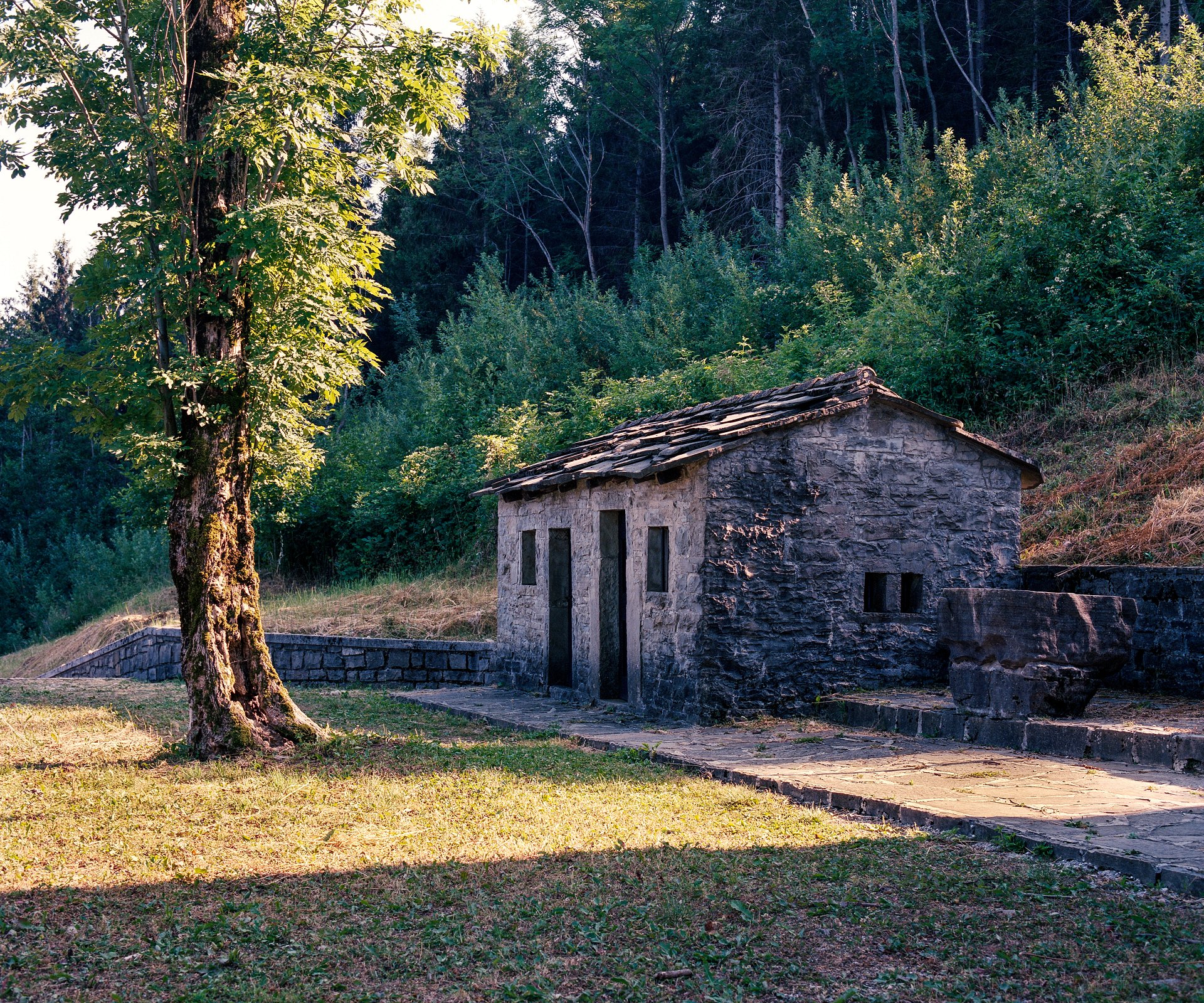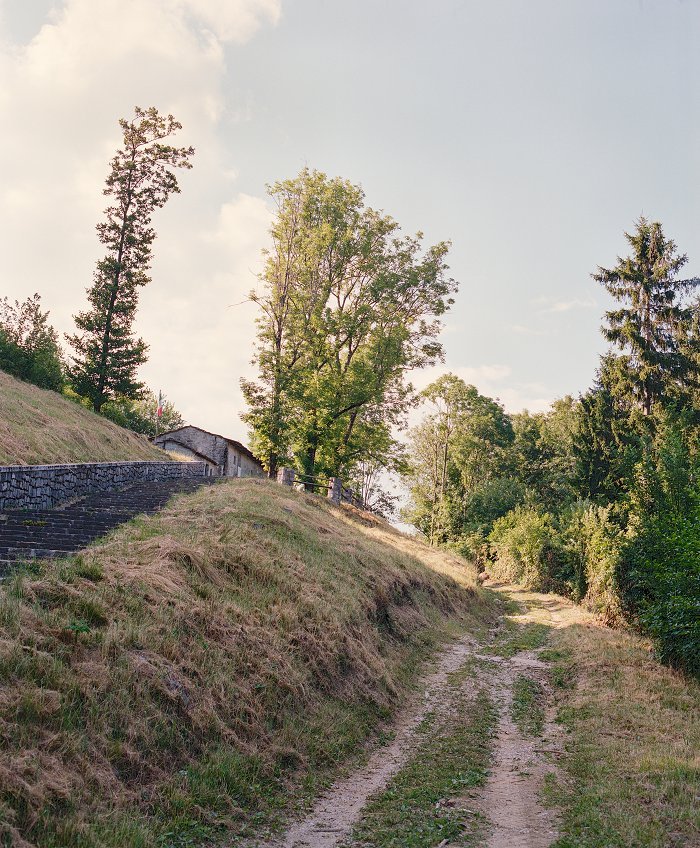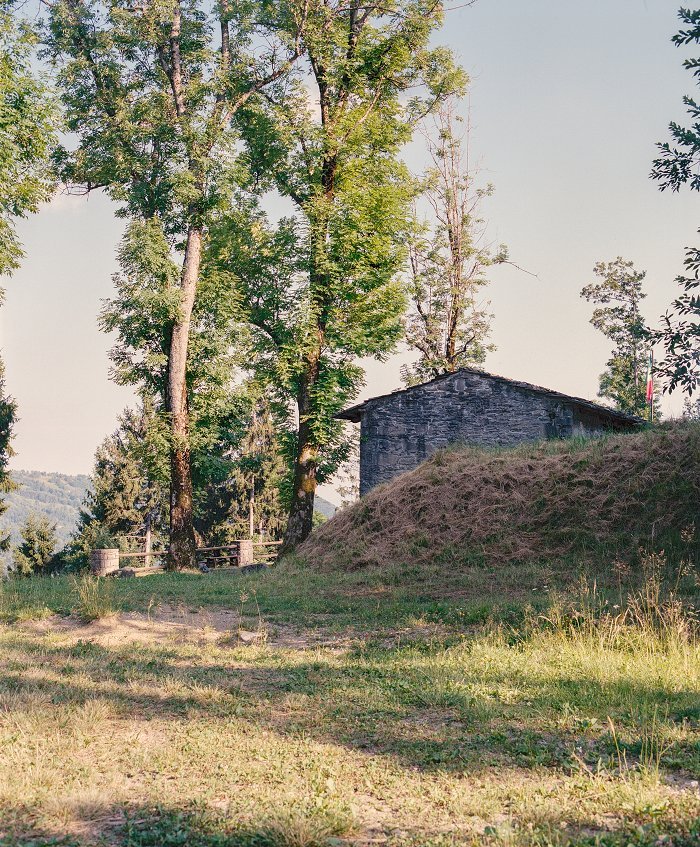In 1945, some communist partisans belonging to the GAP headed for the East Brigade Group command of the Osoppo Partisan Division, located at Topli Uork near the Porzûs pastures.
the GAP members, accused the Osoppo of demonstrating hostility towards collaboration with the Yugoslav partisans, of not redistributing the weapons supplied to them by the Anglo-Americans to the other partisan groups, and of being in negotiations with the 10th MAS Flotilla and the 'Tagliamento' Alpine Regiment, belonging to the Italian Social Republic, with the aim of preventing the annexation of Venezia Giulia to Yugoslavia.
According to the directives of the General Command of the North Italian Freedom Volunteer Corps, in fact, any pact made with the soldiers of the Italian Social Republic was to be treated as treason and, as such, was to be punished with death by firing squad. No contact of the Osoppo with the fascists and the 10th MAS Flotilla, however, seems to have resulted in an agreement.
The casus belli for the GAP seems to have been the refuge offered by the Osoppo to Elda Turchetti, accused by the British of espionage in favour of the Germans and declared innocent by a trial carried out by the Osoppo itself six days before the massacre. Five were immediately shot, including Elda Turchetti herself and Francesco de Gregori, uncle of the Roman singer-songwriter of the same name. Only one, although wounded, managed to escape.
Another 16 (including Guido Pasolini, brother of Pier Paolo Pasolini) were imprisoned and, following summary trials, were also shot. Only two were acquitted and went on to join the GAP.
Source: www.porzus.it
Malghe di Porzûs
Today, the malghe are known for the massacre they were the setting for on 7 February 1945, which represents the most controversial internal clash of the Italian Resistance during the Second World War.



